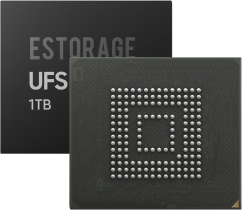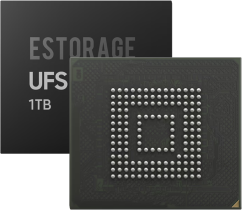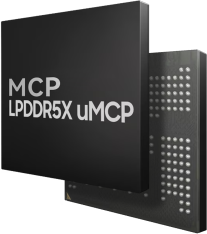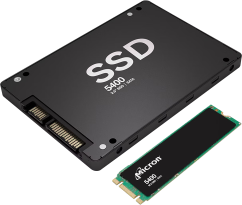Product description
In terms of connectivity, the MT5921P/A offers multiple interface options, including SPI, I2C, UART, and GPIO. These interfaces allow the chip to connect easily with external sensors, displays, and host processors, enabling a broad range of applications. Whether used in wearables, health devices, or smart home products, the MT5921P/A can interface with a variety of peripherals to meet the needs of different devices.The MTK MT5921P/A is an advanced Bluetooth Low Energy (BLE) System-on-Chip (SoC) that is engineered to provide energy-efficient and reliable wireless communication for a wide range of applications. With Bluetooth 4.2 and Bluetooth 5.0 support, the MT5921P/A offers a variety of features that enhance connectivity, range, and power efficiency.
Bluetooth 5.0 extends the capabilities of Bluetooth by improving the range, throughput, and connection stability compared to Bluetooth 4.2. Devices using the MT5921P/A can communicate over extended distances, making it ideal for applications like smart home systems, industrial automation, and health monitoring devices. Bluetooth 5.0 also enables higher data transfer rates, allowing for faster communication between devices, which is useful in applications requiring quick data exchange, such as sensor data aggregation.
The chip’s high integration simplifies the design process for developers. By integrating the Bluetooth radio, baseband, and protocol stack into a single chip, the MT5921P/A reduces the need for external components, lowering system costs and reducing the device’s overall footprint.
Receiver sensitivity is another standout feature of the MT5921P/A. With a sensitivity of -92 dBm, the chip can reliably receive signals even in environments with weak or interference-prone signals. This makes the MT5921P/A a great choice for IoT applications where devices may be placed far apart or in areas with high RF congestion.
Specification parameters
Bluetooth Versions Supported: Bluetooth 4.2 and Bluetooth 5.0, offering enhanced range, improved throughput, and backward compatibility with older Bluetooth devices.
Frequency Range: Operates in the 2.4 GHz ISM band, which is typical for Bluetooth communication.
Receiver Sensitivity: -92 dBm, ensuring reliable communication in environments with low signal strength or high interference.
Data Rate: Maximum data rate of 1 Mbps, which is sufficient for most BLE applications, providing reliable data transfer for IoT and other connected devices.
Transmit Power: Configurable transmit power, ranging from +4 dBm to -20 dBm, allowing optimization of power consumption and range based on the application requirements.
Power Consumption: Extremely low power consumption with a standby current of less than 1 µA and typical active current consumption of less than 10 mA, making it ideal for battery-operated devices.
Operating Voltage: 1.8V to 3.6V, offering flexibility for various power supply designs.
Operating Temperature Range: -40°C to +85°C, ensuring reliable performance in a wide range of environments and applications.
Interfaces: SPI, I2C, UART, and GPIO, offering flexibility to interface with external sensors, peripherals, and microcontrollers.





